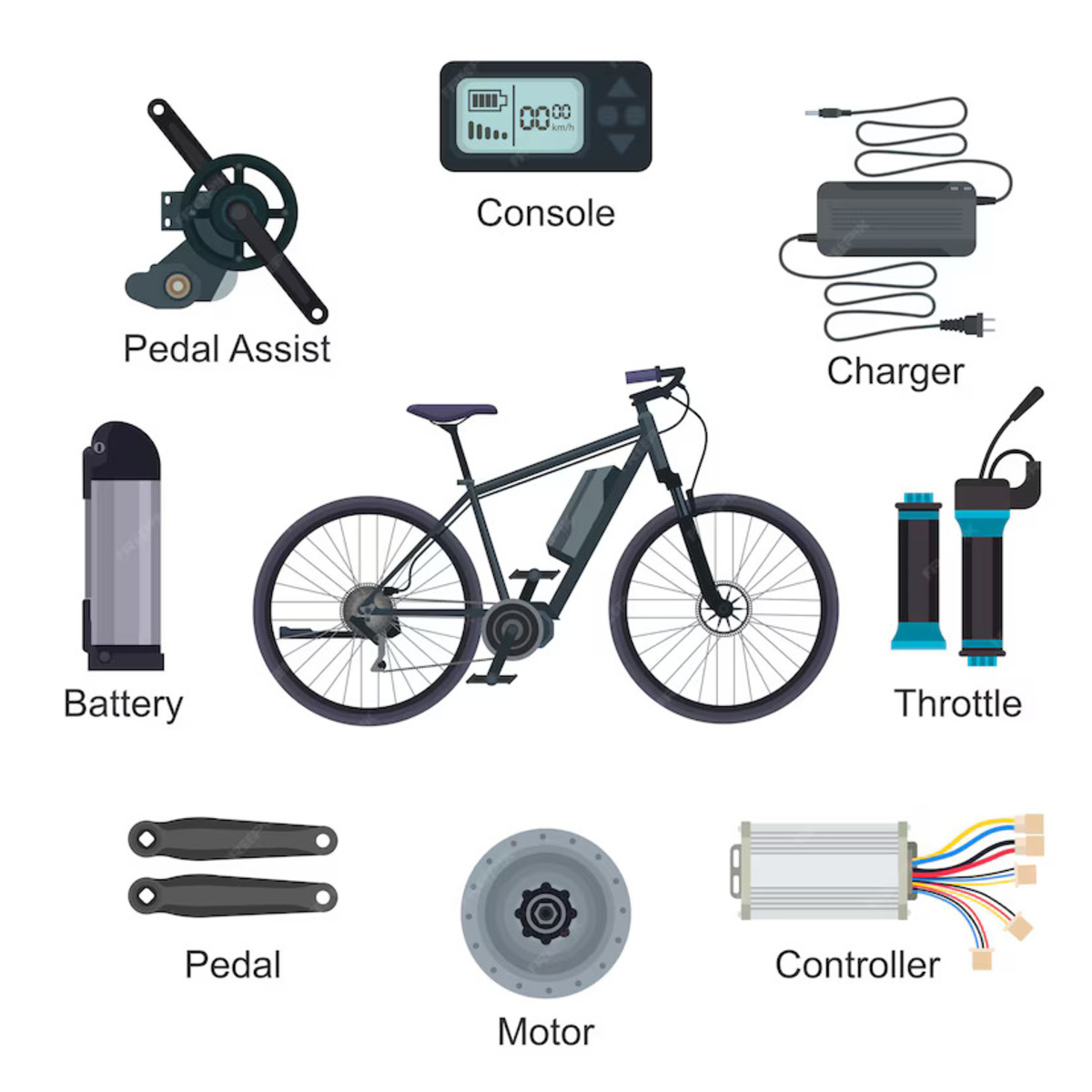What are Electric Commercial Vehicles and 12 Advantages of Electric Commercial Vehicles
In this article you will learn the 12 Advantages of Electric Commercial Vehicles. Electric commercial vehicles (ECVs) are used for commercial purposes and are primarily powered by electricity. Electric commercial vehicles include delivery vans, buses, trucks, and heavy-duty vehicles. These vehicles meet the specific needs of commercial operations such as urban delivery, freight transport, etc. The range of ECVs depends on various factors such as vehicle weight, battery size, and driving conditions, ensuring they can operate effectively throughout their duty cycles.
The ongoing advancement in battery technology, vehicle connectivity, and electric drivetrains enhances the functionality, range, and performance of ECVs. These changes enable commercial electric vehicles to meet the varying needs of commercial operations and address concerns related to vehicle reliability, charging infrastructure, and range anxiety. Electric commercial vehicles showcase a promising segment in the transportation sector that offers economic, environmental, and operational advantages for businesses. The availability of charging infrastructure is crucial to enhancing the adoption of ECVs, as the use of advanced fast technology reduces the charging time, increases vehicle uptime, and lessens range anxiety.
12 Advantages of Electric Commercial Vehicles
Electric commercial vehicles offer several benefits that make them an attractive option for businesses. These vehicles are gaining popularity as they focus on sustainability. The purpose of electrifying the commercial sector is to reduce carbon emissions. ECVs are the future for all businesses, providing effective solutions. The upgraded commercial vehicles are the perfect choice for industrial and governmental uses. Here are the 12 advantages of electric commercial vehicles:
12 Advantages of Electric Commercial Vehicles
- Environmental Benefits
- Cost Savings
- Increase Performance
- Energy Efficiency
- Reduce Pollution
- Emit No Harmful Gases
- Advanced Safety Features
- Government Incentives
- Industry Trends and Adoption
- Support Vehicle-to-Grid Integration
- Potential for Energy Independence
- Long-Term Viability

Now lets us provide you the details of above points 12 Advantages of Electric Commercial Vehicles
1. Environmental Benefits
The most striking advantage of ECVs is their lesser environmental impact compared to internal combustion engines, as they emit no harmful greenhouse gases. They help improve air quality and contribute to efforts to mitigate climate change. Electric commercial vehicles are highly efficient and release zero pollution. These vehicles are an excellent choice for those looking to reduce their environmental impact.
2. Cost Savings
One of the primary advantages of ECVs is that they are cost-effective. The cost of electricity is cheaper than the cost of fuel. Cost plays a significant role in any business. Although the initial purchase of ECVs is higher compared to ICE vehicles, they have lower maintenance and operating costs that make them cheaper. ECVs have fewer moving parts, reducing monthly expenditure.
3. Increase Performance
Another significant advantage of ECVs is their enhanced performance. The increasing range of electric commercial vehicles helps to drive comfortably for long journeys, offering reliable operation. When the demand for ECVs increases, so does the desire for improved versions, which enhances the performance of the vehicles.
4. Energy Efficiency
Electric commercial vehicles are generally more energy efficient than ICE vehicles, as they convert the energy from the grid into propulsion. It promotes sustainable transportation and encourages people to switch to electric vehicles. Less use of fossil fuels is helpful in increasing the conservation of natural resources.
5. Reduce Pollution
Diesel-powered commercial vehicles produce more sound, especially when running on major roadways, but ECVs are noiseless, and they contribute to cleaner air with every kilometer they drive. They run quietly and lead to a reduction in noise pollution, which is especially beneficial in urban areas where pollution is a main concern. Electric commercial vehicles are gaining popularity as they reduce carbon emissions. These environmentally friendly ECVs are energy-efficient and quieter.
6. Emit No Harmful Gases
Electric commercial vehicles emit no greenhouse gases, contributing to a cleaner environment. The growth of electric commercial vehicles is gaining traction with the aim of providing cleaner and greener transportation for commuters.
7. Advanced Safety Features
The availability of advanced safety features in ECVs helps to prevent accidents. It includes lane departure warning, a collision avoidance system, parking sensors, automatic emergency braking, and many more. The adopted safety features and the high-strength body of the vehicles provide better protection in the event of any mishap.
8. Government Incentives
The availability of the government’s subsidies, incentives, and tax credits offsets the initial purchasing cost of ECVs
9. Industry Trends and Adoption
Adopting ECVs can enhance a company’s brand image by demonstrating a commitment to sustainability and environmental responsibility. The development of ECVs drives technological innovation such as charging infrastructure, battery technology, and vehicle-to-grid integration. This innovation can have spillover effects into other industries, leading to further growth in the transportation sector. The advancement in technology motivates automotive manufacturers to establish fleet operators and invest in electric commercial vehicles.
10. Support Vehicle-to-Grid Integration
Some electric commercial vehicles support vehicle-to-grid (V2G) integration, which is a technology that supports bidirectional communication between electric commercial vehicles and the electricity grid. V2G draws power from the electricity grid to charge the batteries. It can even discharge stored-energy batteries back into the grid when needed. The vehicle-to-grid system enhances grid resilience and provides backup power during emergencies for ECVs.
11. Potential for Energy Independence
Electric commercial vehicles can run on different energy sources, like renewable energy, which includes solar or wind power. The use of diverse energy sources reduces dependency on fossil fuels, contributing to greater energy independence.
12. Long-Term Viability
With advancements in battery technology and infrastructure, electric commercial vehicles are becoming increasingly viable for commercial applications.
You may also want to read:
EV Charging Stations In Commercial Buildings
Electric Commercial Vehicles- Trucks Buses And Autorickshaw
11 Key Technologies in Electric Vehicles
Conclusion
In a nutshell, the above 12 advantages of electric commercial vehicles present a significant option for businesses seeking to lower operating costs, reduce environmental footprints, and adapt to evolving regulatory requirements in the transportation sector. The importance of ECVs is sure to grow in the coming years. The set standards of government regulations play a significant role in driving the adoption of commercial electric vehicles. There are many countries that plan to phase out internal combustion engines in the coming years. Though India is in the initial stage of ECVs the government targets reaching at least 30% sales of electric vehicles by 2030.
ECVs can be the best choice for transporting goods as they provide several advantages, such as zero emissions, energy efficiency, low maintenance costs, cost-effectiveness, etc. Additionally, they offer several social and environmental advantages.




